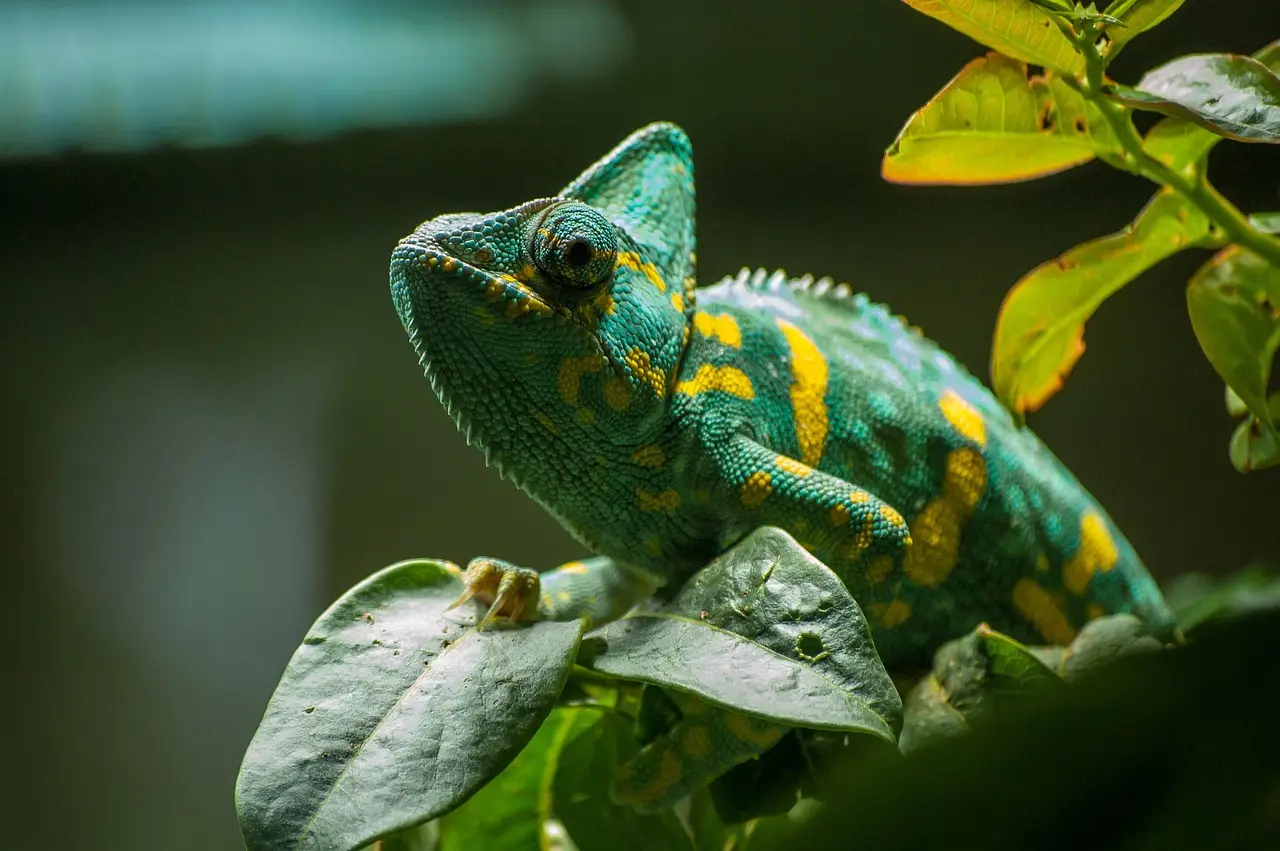From the steamy tropics to arid deserts, reptiles have carved out niches in almost every corner of our planet. These cold-blooded creatures boast an incredible array of adaptations, behaviors, and appearances that have captivated scientists and nature lovers for centuries. While some may evoke fear or misunderstanding, the reptile world is one of immense beauty and complexity.
Join us as we delve into the lives of ten truly fascinating reptiles that highlight the incredible diversity and wonder of this ancient group of animals.
Sometimes, the simplest moments hold the deepest wisdom. Let your thoughts settle, and clarity will find you. Use this quote space to share something inspirational or reflective, perfectly aligned with the theme of your article.
1. Chameleon: The Master of Disguise
Instantly recognizable for their independently moving eyes, prehensile tails, and projectile tongues, chameleons are the ultimate masters of disguise. Their skin contains specialized pigment-containing cells called chromatophores, which allow them to change color to blend seamlessly with their environment, attract mates, or even communicate mood.


2. Tokay Gecko: The Noisy Night Hunter
With their vibrant blue spots on an orange body and a distinctive, loud “tokay! tokay!” call, Tokay Geckos are hard to ignore. These Southeast Asian natives are voracious insectivores known for their strong grip and territorial nature. Their adhesive toe pads allow them to climb almost any surface with ease.
3. Komodo Dragon: The Apex Predator of Indonesia
The largest living lizard on Earth, the Komodo Dragon is a true force of nature. Found on a handful of Indonesian islands, these powerful reptiles can grow up to 10 feet long and possess a venomous bite that helps them take down prey much larger than themselves. They are a living testament to the age of giants.
4. Green Sea Turtle: The Gentle Giants of the Ocean
These majestic marine reptiles have roamed the oceans for millions of years. Green Sea Turtles are herbivores as adults, feeding primarily on seagrasses, playing a vital role in maintaining healthy marine ecosystems. Their incredible migrations across vast distances to nesting beaches are a truly awe-inspiring phenomenon.
5. Frilled-Neck Lizard: The Threatening Showman
Native to Australia and New Guinea, the Frilled-Neck Lizard is a relatively small reptile with a spectacular defense mechanism. When threatened, it can flare out a large, brightly colored frill around its neck, making it appear much larger and more intimidating to potential predators. This sudden display is often accompanied by hissing and an open mouth.
6. Gharial: The Fish-Eating Crocodile with a Unique Snout
Distinguished by its long, thin snout adapted for catching fish, the Gharial is a critically endangered crocodilian found in the rivers of the Indian subcontinent. Their unique snout shape, particularly prominent in males, makes them stand out from other crocodile species. Conservation efforts are crucial to protect these specialized predators.
7. Eastern Box Turtle: The Miniature Land Voyager
Found throughout the eastern United States, the Eastern Box Turtle is a charming and long-lived terrestrial turtle. Their hinged plastron (lower shell) allows them to completely close themselves off for protection. Each turtle has unique shell patterns, making them individually identifiable.
8. Flying Gecko: Gliding Through the Night
Despite their name, Flying Geckos don’t actually fly. Instead, they possess flaps of skin along their sides, limbs, and tail that allow them to glide gracefully between trees. This adaptation helps them escape predators and navigate their arboreal habitats in Southeast Asia.
9. Rosy Boa: The Docile Desert Dweller
Native to the southwestern United States and parts of Mexico, Rosy Boas are relatively small, slow-moving snakes known for their gentle temperament. Their smooth scales and often pinkish or orange coloration make them popular pets, and their docile nature makes them fascinating subjects for study.
10. Tuatara: A Living Fossil from New Zealand
Often called a “living fossil,” the Tuatara is the last surviving member of a reptile order that thrived during the age of the dinosaurs, over 200 million years ago. Found only in New Zealand, these unique reptiles have several primitive features, including a “third eye” on the top of their head and a remarkable lifespan that can exceed 100 years.
The reptile world is a treasure trove of evolutionary wonders. From their incredible adaptations to their vital roles in ecosystems, these often-misunderstood creatures deserve our respect and conservation efforts. Take some time to learn more about these fascinating animals – you might be surprised by what you discover right here in Kansas City or in the wild corners of the globe.


Leave a Reply